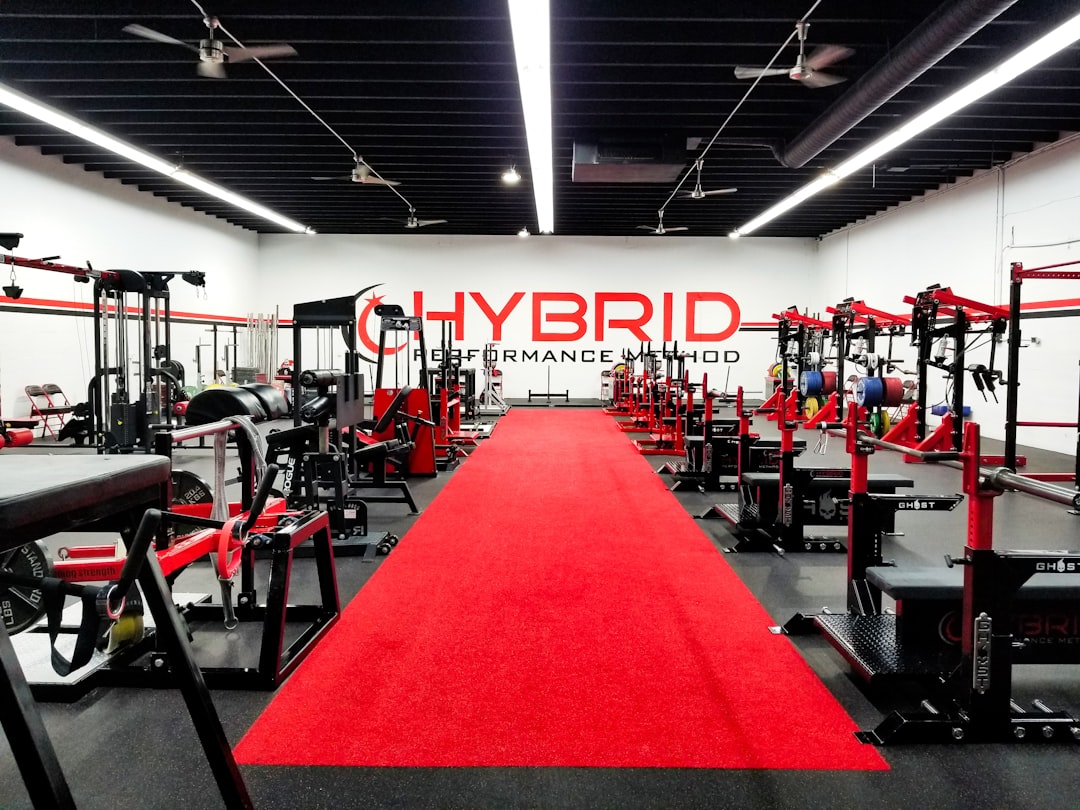What is it about?
To improve the cross-linking process using Statistical Design of Experiments. The multivariables responses were found by photoacoustic spectroscopy (PAS) phases and the phase-resolved photoacoustic (PRPA) method.
Featured Image
Why is it important?
These studies attempt to establish the best variables for the factorial design by considering the several variables used for sample preparation and using photoacoustic peak intensity as a response. The study presented here shows the add-on results of these polymers using photoacoustic phase difference in the multivariable process, but the analysis is carried out using the phase-resolved photoacoustic method.
Perspectives
The results for both analyses, photoacoustic spectroscopy intensity ratio and phase difference from PRPA, for the samples EVS copolymer and LDPE grafted with VTS prepared with factorial design 3^2 revealed sufficiently satisfactory results and indicated the optimum point for both answers (signal and phase difference) and for both factors of interest (Concentration,Temperature). These results agreed with the destructive chemical analysis for gel content, which showed as the optimum point of cross-linking the values 5% of catalyst and temperature of 80 C, leaving the advantage that the photoacoustic method allows one to perform a nondestructive analysis.
Professor Daniele T Dias
Federal University of Technology - Paraná
Read the Original
This page is a summary of: Statistical Design of Experiments: Study of Cross-Linking Process through the Phase-Resolved Photoacoustic Method as a Multivariable Response, Applied Spectroscopy, February 2005, SAGE Publications,
DOI: 10.1366/0003702053085025.
You can read the full text:
Contributors
The following have contributed to this page










